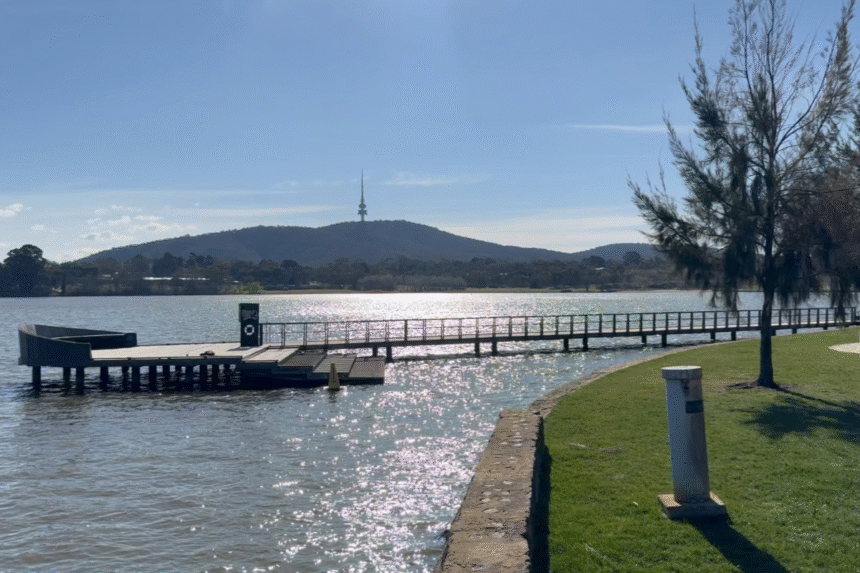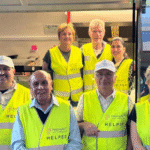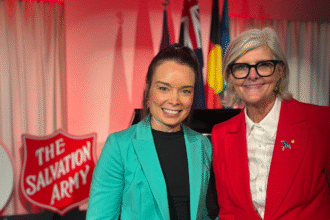In the 2025 Oxford Economics Global Cities Index, Canberra has clinched the #1 spot globally for Quality of Life, a triumph for Australia’s capital and a headline that has sparked local pride, media buzz, and government celebration. But beyond the applause, the real question remains: what does this accolade actually mean for the people who live here? And as the city continues to grow, how can Canberra protect, and enhance, this enviable status?
The Big Picture: What Is the Oxford Economics Global Cities Index?
The Oxford Economics Global Cities Index 2025 ranks 1,000 cities across five key dimensions: Economics, Human Capital, Quality of Life, Environment, and Governance. Each category includes multiple sub-indicators drawing on over 25 datasets, providing a holistic, data-driven view of urban success and resilience in a post-pandemic world.
Canberra’s top ranking in Quality of Life was not just a stroke of luck. The city earned this through an impressive balance of healthcare access, income equality, affordable housing, safety, and cultural vibrancy, factors that make life not only liveable but flourishable.
What Makes Canberra #1 for Quality of Life?
The Quality of Life dimension in the Index includes a wide range of factors:
-
Healthcare accessibility
-
Crime rates and public safety
-
Income equality
-
Housing affordability
-
Cultural and recreational access
According to the report, Canberra excelled particularly in income equality and housing affordability, both areas where many global cities falter. Canberra’s public sector stability, relatively high average incomes, and intentional urban planning have helped create a foundation where economic security translates into personal wellbeing.
The city also scored well in crime reduction and healthcare outcomes, contributing to a sense of safety and support that’s increasingly rare in urban environments. Layer onto this a vibrant cultural scene, from the National Gallery and Questacon to community festivals and live music and it becomes clear why Canberra is not just livable, but lovable.
What It Means in Practice: The Canberra Experience
Ask a Canberran what makes life here good, and you’ll hear about more than statistics.
It’s the 12-minute commute that lets you have breakfast with your kids and still be at work on time. It’s the bushland walking trails five minutes from Parliament House. It’s knowing that your neighbour probably works in public service, too, but might also be in a local choir, volunteer brigade, or social sports team.
In short, the lifestyle advantage here is not abstract, it’s embedded in daily life.
But accolades also mask complexity. Beneath Canberra’s success are pockets of disadvantage: rising homelessness, a mental health system under pressure, and a cost of living squeeze hitting renters and new arrivals. So while the #1 title is worth celebrating, it must also provoke reflection.
Beyond Quality of Life: How Did Canberra Perform Elsewhere?
Despite the stellar Quality of Life ranking, Canberra placed #76 overall among the 1,000 global cities in the full index. Why? Because the city still has ground to cover in other areas of the Index:
-
Human Capital (#160): While Canberra has world-class tertiary institutions and a highly educated workforce, Canberra faces challenges in attracting and keeping young, globally competitive talent.
-
Economic Output (#173): The public service backbone of the economy is stable but not growth-accelerating. Canberra lacks the commercial diversity and venture capital density of other Tier 1 cities.
-
Environment (#87): Canberra performs well here, with strong air quality and green space, but bushfire vulnerability and water management remain pressing long-term risks.
-
Governance (#50): Strong regulatory transparency and citizen participation lifted this score, as a territory, not a state, the ACT Government has less constitutional power and autonomy, which can limit its ability to implement wide-reaching reforms or policies.
This shows that while Canberra offers an exceptional standard of living, its economic scale, talent magnetism, and innovation ecosystem still have room to mature.
Sustaining the Top Spot: What Happens Next?
Winning “Best in Show” for Quality of Life comes with its own risks, chiefly, complacency. The very things that make Canberra great today could come under pressure tomorrow if not proactively managed.
Here are five challenges and opportunities to sustaining Canberra’s #1 position:
1. Population Growth and Urban Pressure
Canberra’s population is projected to surpass 600,000 in the next decade. Growth must be matched by sustainable infrastructure, diversified housing supply, and public transport expansion, otherwise the commute times and green space access that define life here could erode.
2. Economic Diversification
A city powered by government jobs and tertiary institutions needs to attract new industries, particularly in climate tech, defence innovation, and digital services, to drive economic resilience and keep young talent in Canberra. [Check out our article on Advanced Navigation]
3. Social Equity
Despite good aggregate scores, inequalities persist, particularly in access to mental health services, youth unemployment, and Aboriginal and Torres Strait Islander health outcomes. Sustaining “quality of life” must mean improving it for everyone.
4. Climate Resilience
Canberra’s bush capital identity is a gift, but also a risk. Strengthening urban cooling, water systems, and emergency preparedness will be crucial as climate impacts accelerate.
5. Maintaining Trust in Governance
Canberra’s strong Governance score is an asset, but retaining that means continuing to invest in transparency, co-design with communities, and adaptive leadership in policy and service design.
So, What Should We Celebrate?
We should celebrate that Canberra is not a sprawling metropolis where quality of life is a postcode lottery. That we have a shared civic identity, a culture of volunteering and advocacy, and a city that values both big thinking and local action.
We should also celebrate that our top global ranking reflects intentional design, not chance. Canberra was built to be Australia’s capital, and its founding vision included aesthetics, functionality, and liveability. That vision is now a global reality.
But the deeper celebration is this: we can be both proud and ambitious. Proud of what Canberra is, and ambitious about what it can become.
Looking Ahead: From Liveable to Leading
As the global city race continues to shift, from GDP-driven to values-driven, Canberra is well placed to lead a new conversation about what success looks like. It’s not just about skyscrapers, stock markets, or tech unicorns. It’s about community, connection, and care.
Imagine if Canberra could move up not just in Quality of Life,but also in Human Capital, Economic Innovation, and Global Leadership. Not for the sake of climbing a chart, but to create a future where every child, worker, elder, and visitor feels the impact of a city that knows its purpose.
Because when the headlines fade and the applause dies down, the real quality of life isn’t in the ranking, it’s in how we show up for each other, day after day, year after year.
And on that front, Canberra has everything it needs to keep rising.








